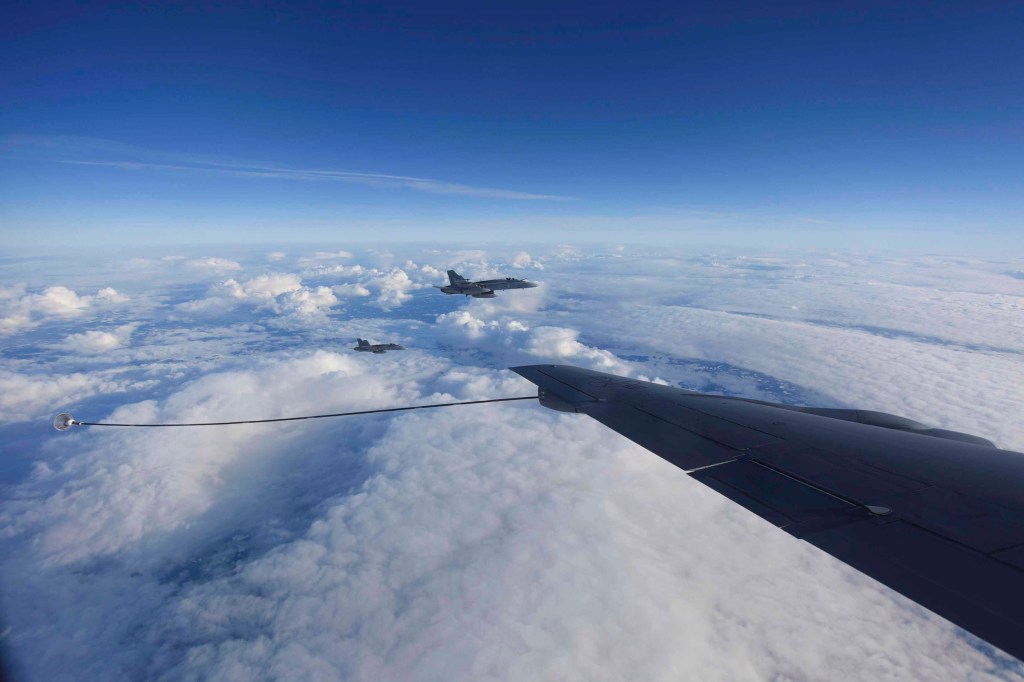
Finland has moved to join the NATO alliance, redefining the European security landscape. The Prime Minister and President of Finland announced their intentions to seek NATO membership, a decision which will need to go through Finland’s legislature. NATO leadership responded quickly, assuring Finland that the accession process would be quick, citing Finland’s military readiness, interoperability with NATO forces, and the unanimous approval of all NATO allies.
Finland and Sweden are both guaranteed by Britain, with the U.S. also pledging materiel support. Along with its usual round of doomsday provocations, Russia’s immediate response was a rumored shutdown of gas to Finland on May 13th. The decision could harm Finland in the short term but is unlikely to alter Finland’s course for NATO membership. Additionally, Russia is likely to stage more troops on the Finnish border, as well as station nuclear weapons in the Baltic Sea or Kaliningrad. Conventional deployments will likely be matched by Finland and NATO’s Response Force, which analysts consider far more likely to be able to feasibly delay Russian troops in the Baltics with the new Finnish territory.
Finland’s accession would add 1,340 km (~830 miles) to the Russian-NATO border, a nightmare for Putin’s strategy of buffer-states and proxies to stave off a perceived NATO encirclement.
It is believed that Finland and Sweden could formally issue their applications to NATO on May 22nd.
In Ukraine, operations near Kharkiv have punched holes into the Russian offensive, reaching the Russian border and all but ending the hotly contested siege of the city. Unless Russia chooses to redeploy more troops to attempt to storm Kharkiv, it is likely that fighting there will cease as Ukrainian troops turn south to pressure Izyum.
Nevertheless, Russian troops have made numerous offensives further south, using troops repositioned from Mariupol to break through the JFO. No major settlements have been lost, but the advances are likely to meet momentary success before being pushed back by Ukrainian forces, who have learned to prey on Russia’s disastrous logistics and local leadership.
You must be logged in to post a comment.